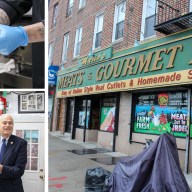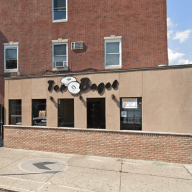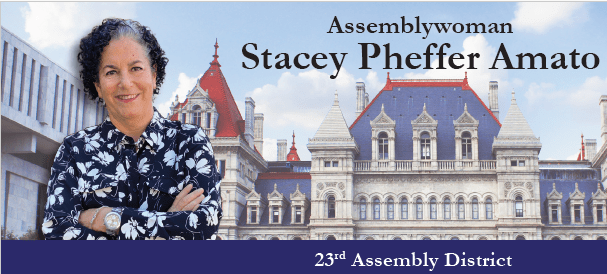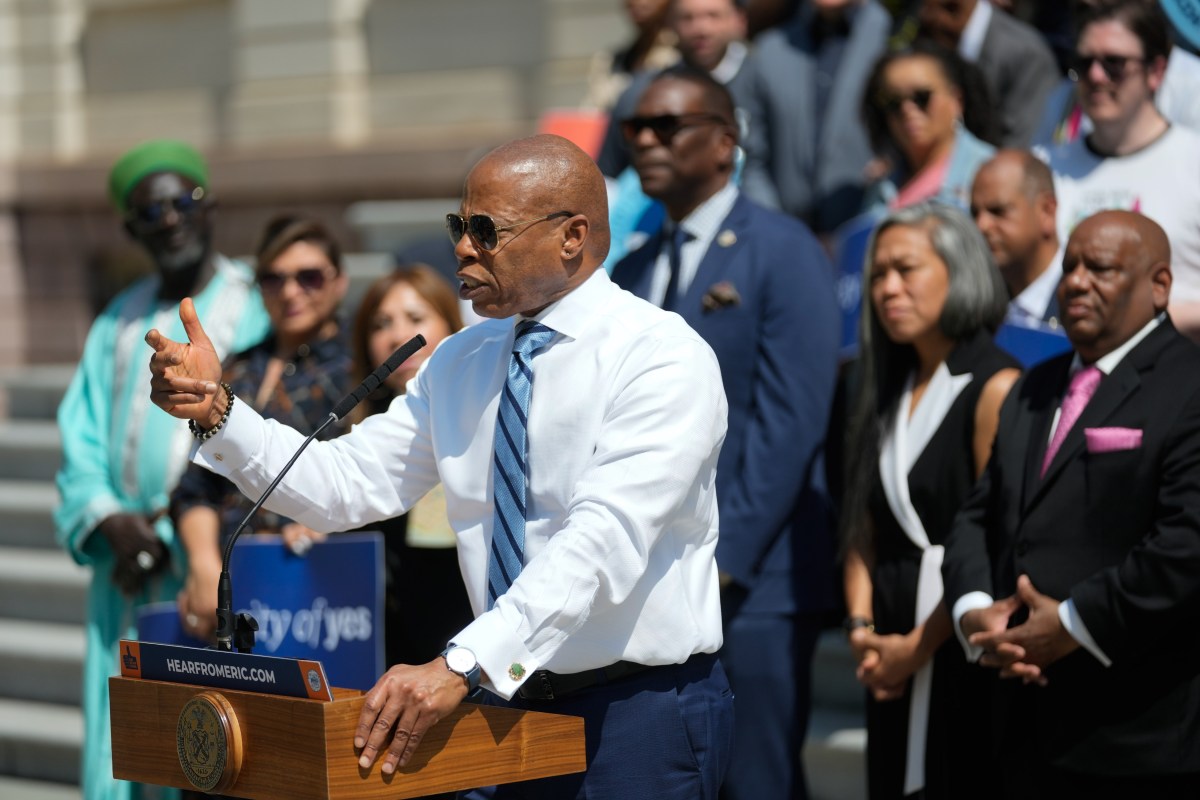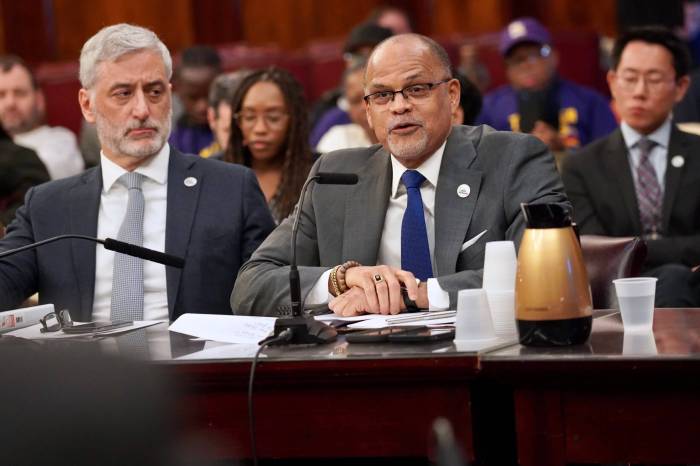In conjunction with the Greater Astoria Historical Society, the Times–Ledger newspaper presents noteworthy events in the borough’s history
Born in Brooklyn on Feb. 12, 1918, Samuel J. LeFrak was a New York real estate tycoon best known for affordable, mass-produced apartment housing exemplified by LeFrak City in Queens. He was CEO of the LeFrak Organization, which also developed Battery Park and the Newport neighborhood of Jersey City, N.J. In his later years, the entrepreneurial LeFrak also branched out into such ventures as oil and gas drilling and the music recording business. He and his wife Ethel had four children, and their son Richard is currently CEO of the family business.
Samuel LeFrak had the construction industry in his genes and running through his veins. The LeFrak Organization, which the future real estate mogul would one day run, was founded by his grandfather in 1883 in France. Joking about the business he entered at age 8, when he carried buckets of nails at work sites, he liked to say “if you cut my veins, you’ll get cement!’’
The hard-charging LeFrak’s rise through the industry ranks was swift. The young builder managed his first project, an apartment complex in Brooklyn, as a 20-year-old student at the University of Maryland. After college, son joined father in the family business, at first managing construction of military camps and housing for a nation that found itself at war. It was in the postwar years, however, that Sam LeFrak would leave an indelible mark on the city he called home for 85 years.
Assuming the reins of the LeFrak Organization in 1948, the Brooklyn native developed a reputation for shrewd, tenacious negotiation and his mission to build affordable rental housing for New Yorkers. He once noted that it took him four years in the 1960s to negotiate with the William Waldorf Astor estate before settling on a price for the 40 acres that became his signature Lefrak City development. Under Sam LeFrak’s leadership, the company put up some 150,000 rental units in the metropolitan area and pioneered development in the then desolate Jersey City waterfront and in Battery Park, a major landfill project that began in the 1970s.
The typical LeFrak rental unit in the boroughs was a two-bedroom, two-bath affair with a sunken living room and rent within reach of the average, middle class family. The developer aggressively snapped up reasonably priced land, selecting locations based on his four S principle: property should be safe and close to subways, schools and shopping. LeFrak buildings were ahead of their time in boasting such security features as elevator cameras, and LeFrak City even had a 60-man security force.
Always on the lookout for new opportunities, Sam LeFrak branched out into the music business in the 1970s, founding a recording label called The Entertainment Company. The venture worked with artists including Dolly Parton, Glen Campbell and Diana Ross before breaking up in 1984. Among other interests, the tycoon amassed a considerable art collection of paintings by Renoir, Monet, Picasso and others, and once financed an expedition to search for Noah’s Ark in Turkey. LeFrak was also a generous philanthropist, with buildings bearing his name at Queens College and Amherst College in Massachusetts, as well as an art gallery at the Guggenheim Museum.
Samuel LeFrak died April 16, 2003 and is buried in Mt. Hebron Cemetery in Flushing. He left behind a formidable legacy of affordable housing, pioneering real estate development and philanthropy for generations of New Yorkers. Looking back on a storied career, LeFrak reflected, ‘’I gave the people what they wanted, at a price they could afford to pay,’’ he said. ‘’I took them out of public housing, out of the ghettos. I was the only one who put my name to it. I wasn’t hiding behind a ‘Realty.’ ‘’
For further information, call the Greater Astoria Historical Society at 718-278-0700. Visit our website at www.astorialic.org.









